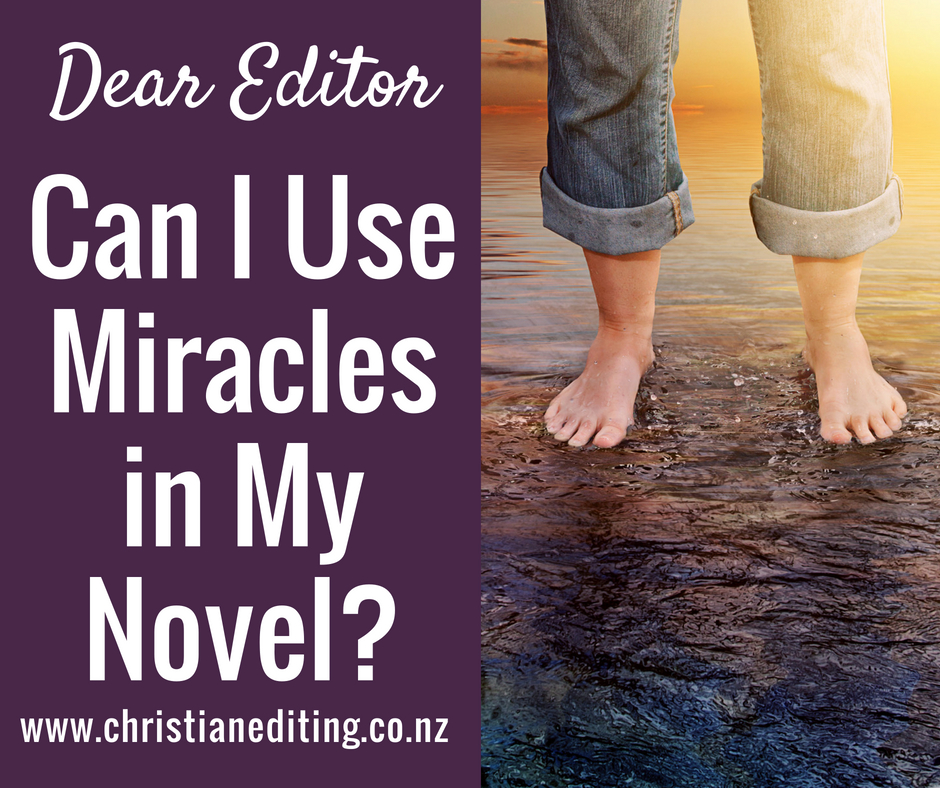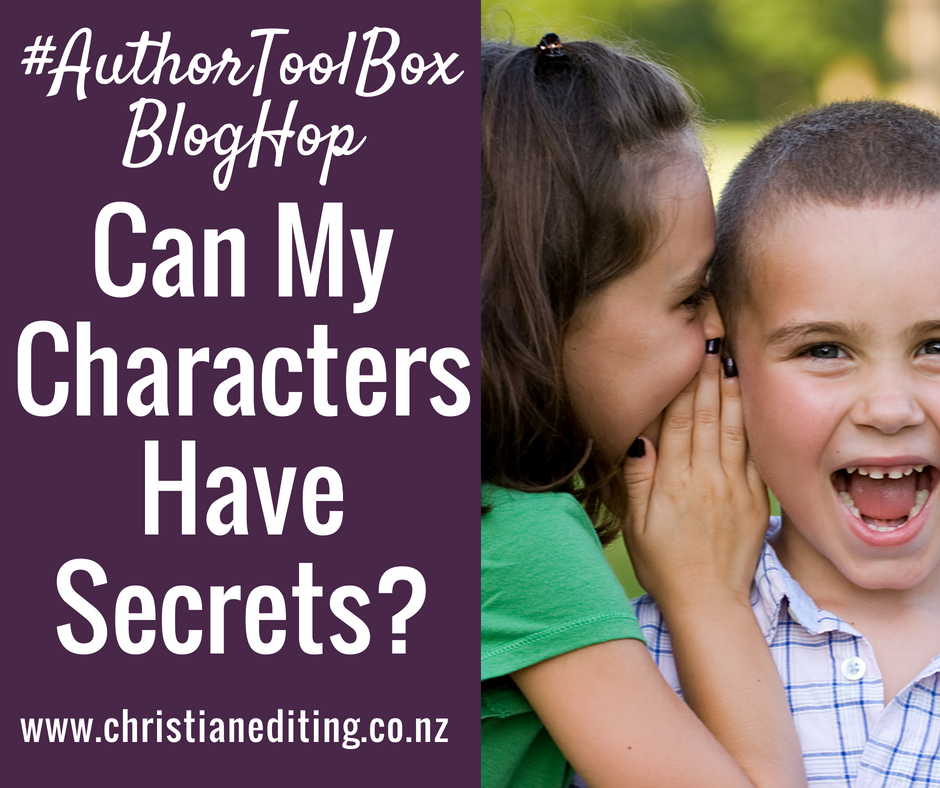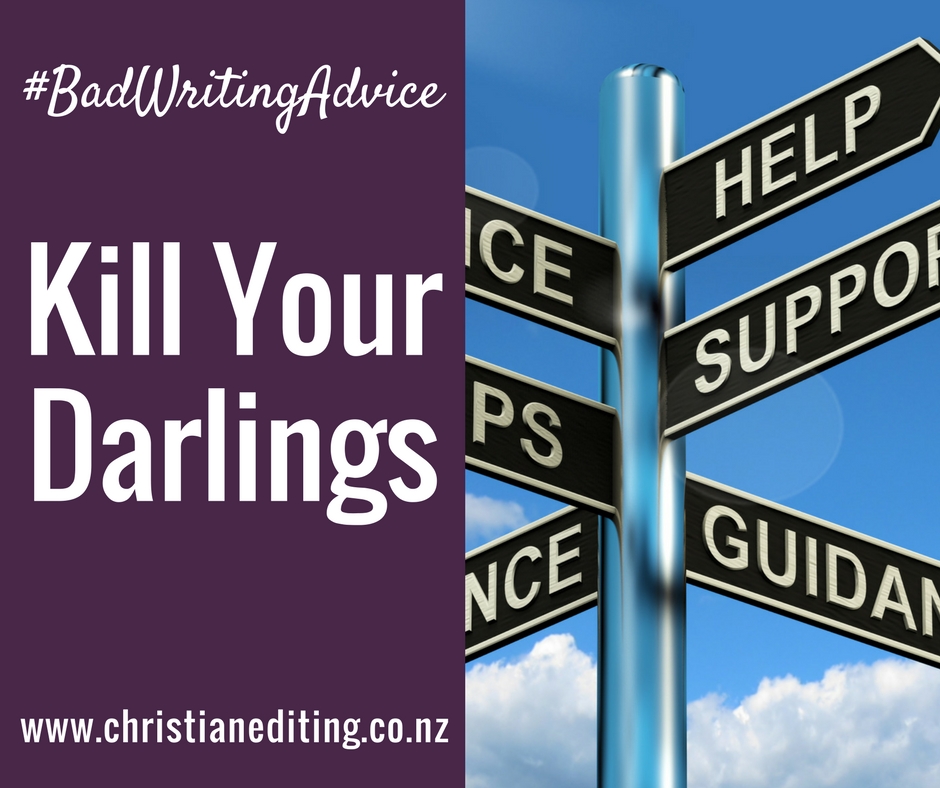I’m a Christian. I believe in miracles (although I understand not all Christians do, as I discussed in this post).
But that doesn’t mean that we can fill our fiction with miracles:
If you find yourself whipping up a coincidence or a miracle after the bleakest moment, chances are you’ve employed deus ex machina … some unexpected and improbable incident to bring victory or success. [This is] frowned upon in modern literature.
– Angela Hunt, The Plot Skeleton
In How Not to Write a Novel, Sandra Newman and Howard Mittlemark say a novelist’s job is harder than God’s: God can use miracles. We can’t. Even if they really happened.
Orson Scott Card puts it like this:
Believability in fiction doesn’t come from the facts—what actually happened. It comes from the readers’ sense of what is plausible—what is likely to happen … “But it really happened like that” is no defence in fiction.
– Orson Scott Card, Characters & Viewpoint, Chapter Three
But that isn’t to say we can’t use miracles. We can. But we need to establish up a world where miracles happen (which is related to genre). We need to set up our miracles with appropriate foreshadowing (but not telegraphing). And have to place our miracles at the right point in the story.
Miracles and Genre
I mentioned this draft blog post in my recent newsletter (if you don’t subscribe already, you can sign up on the right). One subscriber responded with a question: Does the presence of a miracle affect the genre labelling?
I believe it does. We’re more likely to expect miracles or supernatural events in genres such as fantasy or paranormal romance. But even in fantasy, the miracles or supernatural events must occur within the rules of the story. The author has to foreshadow or “plant” the possibility of a miracle or supernatural event.
We’re less likely to get miracles in romance, women’s fiction, mysteries, thrillers—or science fiction. As Arthur C Clarke says:
Any sufficiently advanced technology is indistinguishable from magic.
That’s not to say you can’t have a miracle in a women’s fiction novel—especially if that novel is aimed at the Christian market. But the miracle still needs to be planted, and to fall at the right place in the story.
However, I suspect this is coming at the question from the wrong angle. We shouldn’t be writing a book, then trying to work out the genre labelling. That means we’re not going to have a clear picture of our target reader or reader expectations as we (as happened with the novel I discussed a couple of weeks ago).
Instead, we should know our genre before we begin writing, so we can meet reader expectations, and foreshadow any miracles or coincidences.
Foreshadowing Miracles
Sol Stein talks about “planting” as a key to creating a credible series of actions:
Planting means preparing the ground for something that comes later, usually to make the later action credible. Planting is necessary when a later action might seem unconvincing to the reader.
– Sol Stein, Stein on Writing, Chapter 15
This is related to the principle of Chekov’s Gun (click here to read more). Essentially, it means that any miracles need to be appropriately foreshadowed. They can’t appear out of nowhere—especially not if they are climax-solving miracles.
Miracles and Structure
We can’t just put miracles anywhere in our story. The worst place is at the climax:
deus ex machina, the god in the machine, comes down for the rescue. These devices fool no one. They exist for the author’s convenience because he can’t figure out a credible way of rescuing the protagonist.
– Sol Stein, Stein on Writing, Chapter 15
Instead, use a miracle early in the story to get the plot in motion. Pixar (the film studio) put it like this:
Coincidences to get characters into trouble are great; coincidences to get them out of it are cheating.
Michael Kurland agrees, and also recommends limiting the number of coincidences in a story:
We’re all entitled to one whizz-bang coincidence that either starts our story or turns it into a new and unexpected direction … More than one “yeah, right” in the same story, and the reader will probably put the book down and use his or her precious time for something else.
– WriterMag
An added bonus of using a miracle to get your character into trouble is that you could use a variation of that same miracle to get them out of trouble.
One Final Thought
Even as Christians, sometimes we ignore the minor miracles. We either don’t notice them, or we write them off as luck or coincidence.
I’ll give you an example. One book I’m editing on has a woman driving alone on a mountain road when her tyre bursts. Her car spins, and stops inches from the edge of the cliff, and she survives. She is then helped by a man who turns into a major character.
This didn’t strike me as a miracle, because something similar happened to me when I was at university. I was driving myself, my sister, and three friends to go skiing for the weekend. We left home at about four in the morning, and it was still dark as we approached the mountains. The others had fallen asleep when I hit black ice. The car skidded, turned, and we ended up on the verge at the side of the road. Another few feet, and we would have gone over. The others woke up, I counted us all lucky, and drove on.
Now I suspect (realise?) that was a miracle. I was a Christian at the time (although my parents weren’t), and I know one of the people in the car with me was from a Christian family. In hindsight, I’m sure his parents would have been praying for safe travels for us.
This kind of miracle doesn’t need a lot of setup, because I suspect anyone who has been driving for any period of time (especially in a country with mountains) will have a similar story. The accident that didn’t happen. The accident that should have killed them, but didn’t. Accidents happen (or don’t happen) all the time, to Christians and non-Christians, but even as Christians we rarely acknowledge that our narrow escapes are miracles.
To summarise:
Yes, you can have miracles (and coincidences, and plain old good luck) in your novel. But follow the rules:
- Plant your miracles
- Use your miracles in the middle
- Use your miracles sparingly
- Don’t use your miracle to solve the main plot problem




